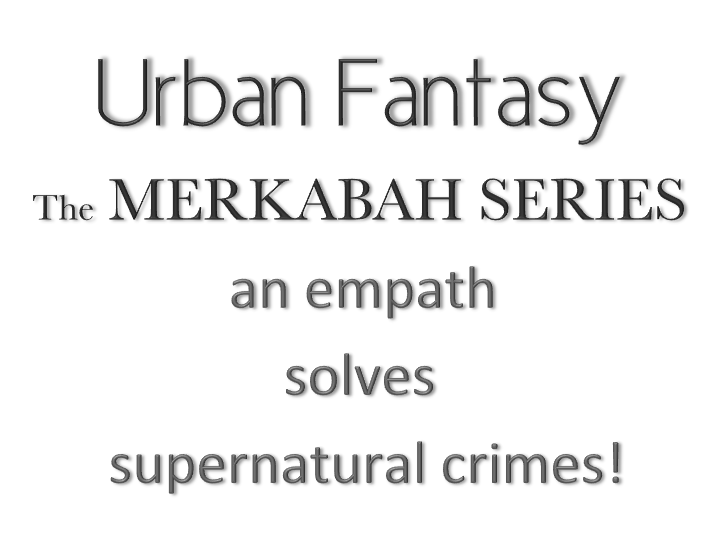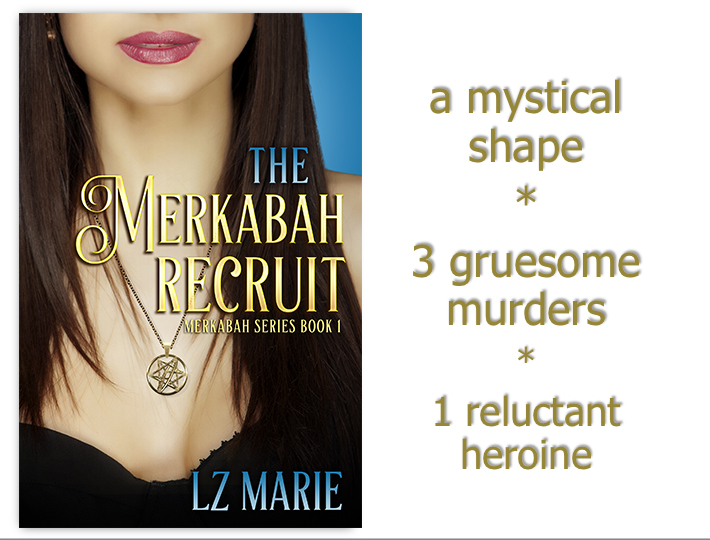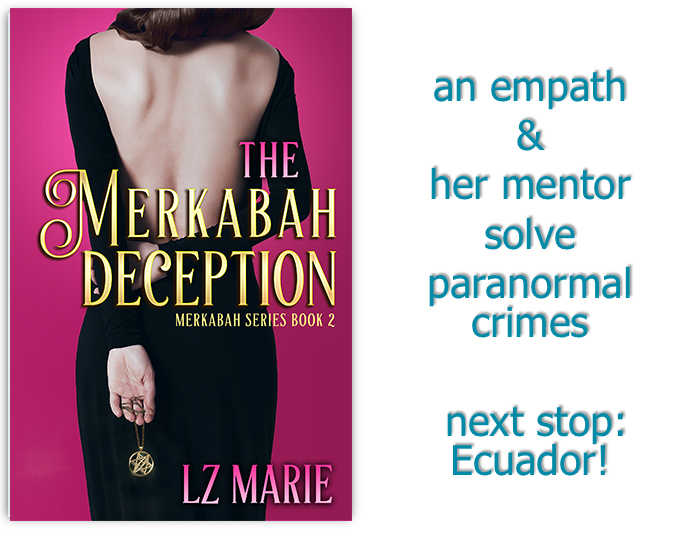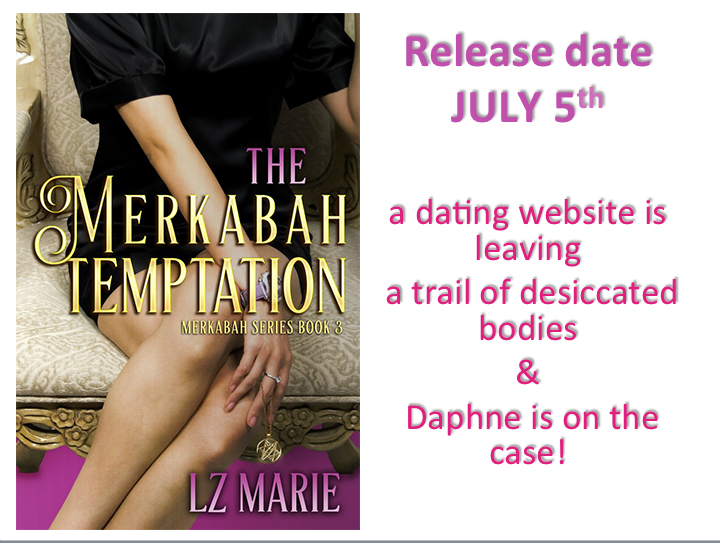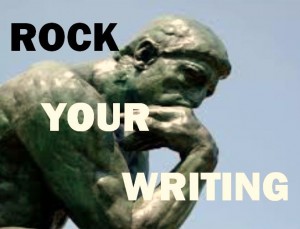 Archetypes are useful when writing a novel. Just don’t confuse them with hackneyed tropes. Archetypes also help readers understand something about themselves.
Archetypes are useful when writing a novel. Just don’t confuse them with hackneyed tropes. Archetypes also help readers understand something about themselves.
Remember, archetypes evolved with time, rising from ideas, actions, and images experienced by all humans, becoming part of our collective unconscious (or so says psychoanalyst Carl Jung).
The following is a list of common literary archetypes:
The Innocent: Too trusting, optimistic, and a bit on the needy side. If your protagonist is an Innocent, readers expect spiritual/ emotional growth or loss of innocence somewhere during the course of the story. Innocents help readers realize their own innocence OR allow them to feel superior.
Male Heroes: Click HERE for previous blog
Female Heroes: Click HERE for previous blog
Regular Gal/Guy: These characters are the quintessential “every man.” They are unpretentious (don’t shop at Gucci) and don’t expect a whole lot from life. They “keep it real,” but are also empathetic. When push comes to shove, they display street smarts and courage. Think, Steve Carell and Tina Fey in Date Night. Most of us are “regular people” so we love it when a one of us is victorious over the Bad Guy!
Outlaw/Destroyer: ANGRY and boiling with rage ( even if it’s under the surface), the Outlaw is ruthless in his quest to make right what he believes is socially/morally/culturally/ religiously wrong. Because the Outlaw asks hard questions to which there are often no right answers, he helps readers see a different ( if not tainted) perspective.
Seeker: Regardless of what they claim to seek, the end result is the same. They find knowledge, be it mystical, self understanding, enlightenment, scientific, or religious. Their adversarial personalities make them loners. Seekers allow readers to see another perspective and appreciate our own unanswered questions about life.
Caregiver: Generous to a fault, and often prone to martyrdom, the Caregiver is compassionate and kind, but can be an enabler. Depending on the author’s intent, a reader may feel frustrated, saddened, conflicted, or uplifted by the Caregiver.
Ruler: King. Emperor. CEO. President. It’s good to be King. You know the saying, a lion does not concern itself with the problems of sheep…well, the Ruler inspires readers to take control of one’s destiny and not worry about what others think.
Sage: Calling Yoda! Speak the truth, they do. Yes. Set you free with age-old wisdom, they will. Overcome weaknesses, must you. Sages offer an objective and perhaps metaphysical view of the world. Understand, you will.
Magician: They hold power in their hand (or wand) wielding via science, magic, sorcery, or a bit of all three, transforming situations/people/things in influential ways. Creepy or divine, the Magician inspires readers to use every power at their command to affect change. Most magicians struggle with their power…the temptation to use it for personal gain is often their tragic flaw.
Temptress: Sultry, seductive, sensuous. All the men want her. She’s usually bad news and one reason a hero falls. A Temptress helps readers realize there’s a little bit of Eve in all of us.
Platonic Ideal: Found in the last four Dan Brown novels, the Platonic Ideal is an intellectual match up for the protagonist. It is only by combining their ideas and knowledge that they triumph over the Bad Guy. They offer readers the advantages of both a man’s and woman’s perspective without the sex. And if sex is off the table, the reader can concentrate on the story, as opposed to anticipating a sex scene or romance.
Trickster: A favorite archetype in many myths ( think Puck in A Midsummer Night’s Dream, Coyote in Native American mythology, or Bart Simpson). The Trickster is naughty and mischievous, but ultimately, there’s a lesson to be learned.
Jester: Usually lazy, this fun-loving archetype enjoys life. He shows readers how to get some fun out of their own boring lives or jobs.
Have fun creating your characters!
Related Links: Rock Your Writing;

